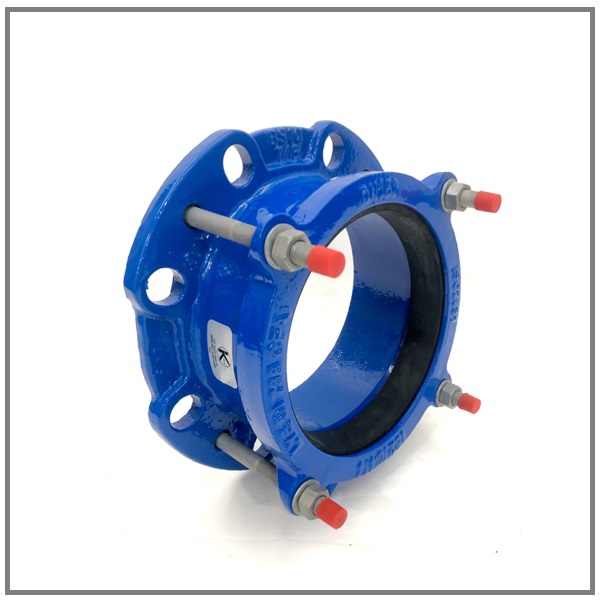In the intricate realm of materials science and engineering, the specter of mechanical failures looms large, posing challenges to the structural integrity and performance of various components. This exploration aims to unravel the layers of mechanical failures in materials, shedding light on their causes, types, and the profound implications they hold for diverse industries.
1. Causes of Mechanical Failures:
Mechanical failures in materials can stem from a myriad of causes, ranging from external forces and environmental conditions to inherent material weaknesses. Understanding these causes is crucial for engineers and researchers seeking to preemptively address vulnerabilities and enhance the resilience of materials.
2. Types of Mechanical Failures:
Mechanical failures manifest in diverse forms, each with its unique characteristics and implications. Common types include fatigue failure, where materials succumb to repeated loading and unloading; brittle fracture, characterized by sudden and catastrophic failure; and creep, the gradual deformation of materials under constant stress. Each type necessitates tailored mitigation strategies.
3. Material-Specific Vulnerabilities:
Different materials exhibit distinct vulnerabilities to mechanical failures. Metals may be susceptible to corrosion-induced failures, polymers to environmental stress cracking, and ceramics to brittle fracture. An in-depth understanding of material-specific behaviors is essential for designing materials with enhanced resistance to mechanical failures.
4. Environmental Influences on Failures:
External factors, such as temperature, humidity, and exposure to corrosive agents, can significantly influence the occurrence of mechanical failures. Materials operating in harsh environments may experience accelerated degradation, emphasizing the need for materials with robust resistance to environmental influences.
5. Advanced Testing and Predictive Analysis:
The advancement of materials testing techniques and predictive analysis tools has empowered engineers to identify potential failure points before they manifest. Non-destructive testing methods, simulation tools, and computational models allow for a more accurate assessment of material behavior under various conditions, aiding in the development of failure-resistant materials.
6. Mitigation and Preventive Measures:
Mitigating the risk of mechanical failures involves a multi-faceted approach. Strategies include the incorporation of advanced materials with improved mechanical properties, implementation of effective maintenance and inspection protocols, and the development of materials with enhanced resistance to specific failure modes.
7. Importance of Failure Analysis:
In the aftermath of a mechanical failure, detailed failure analysis becomes instrumental in determining the root causes and implementing corrective measures. This process involves forensic examination, often utilizing microscopy, spectroscopy, and other analytical techniques to unravel the sequence of events leading to failure.
8. Industry-Specific Implications:
Mechanical failures carry profound implications for various industries, from automotive and aerospace to healthcare and infrastructure. Understanding industry-specific demands and challenges is crucial for tailoring materials and engineering solutions that mitigate the risks of mechanical failures in specific applications.
Conclusion:
In conclusion, the exploration of mechanical failures in materials delves into a complex and dynamic landscape. Understanding the causes, types, and preventive measures against these failures is pivotal for engineers and researchers aiming to fortify materials and ensure the longevity and reliability of structures and components. As industries advance, the continuous pursuit of failure-resistant materials remains an ever-evolving imperative in the realm of materials science and engineering.

More Stories
In-Line Circulating Centrifugal Pumps: The Heart of HVAC and Heating Systems
Lightweight Vertical Multistage Centrifugal Pumps: Compact Power for High-Pressure Needs
How a Walking Frame Improves Stability, Independence, and Quality of Life for Seniors